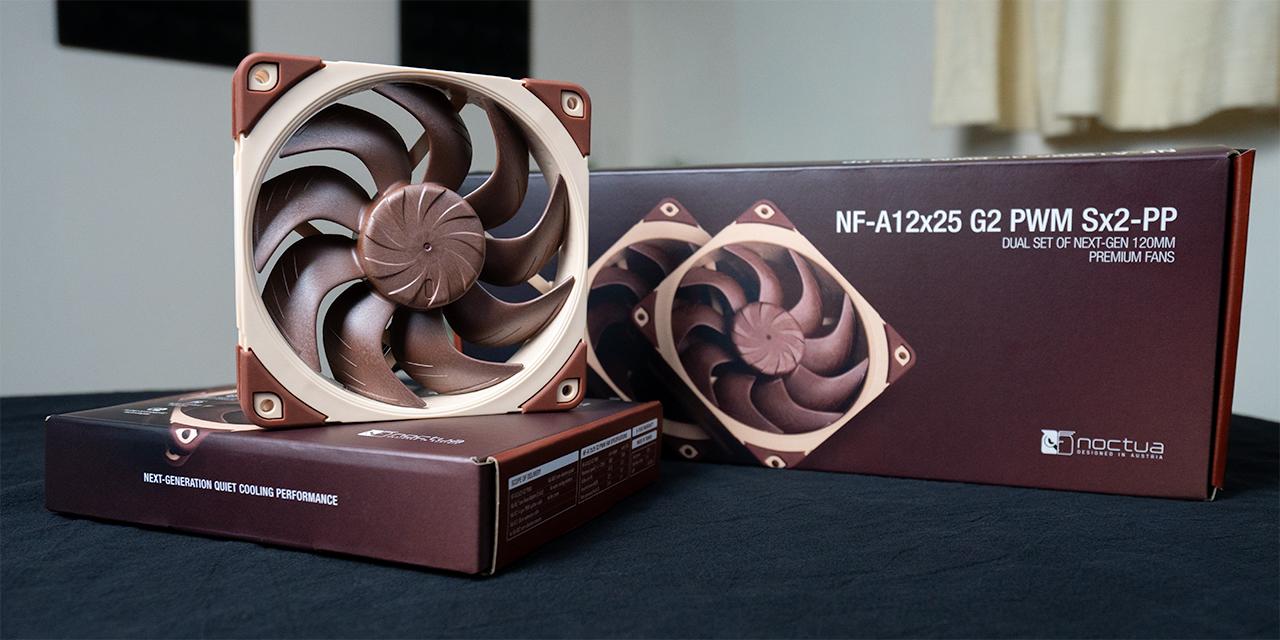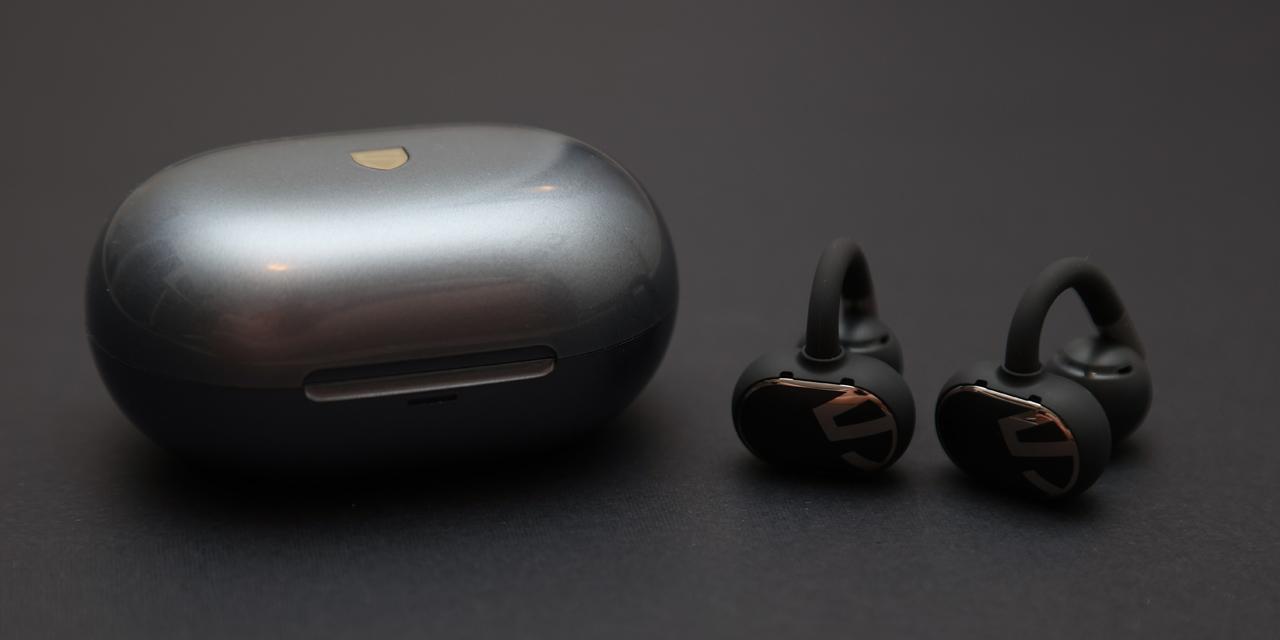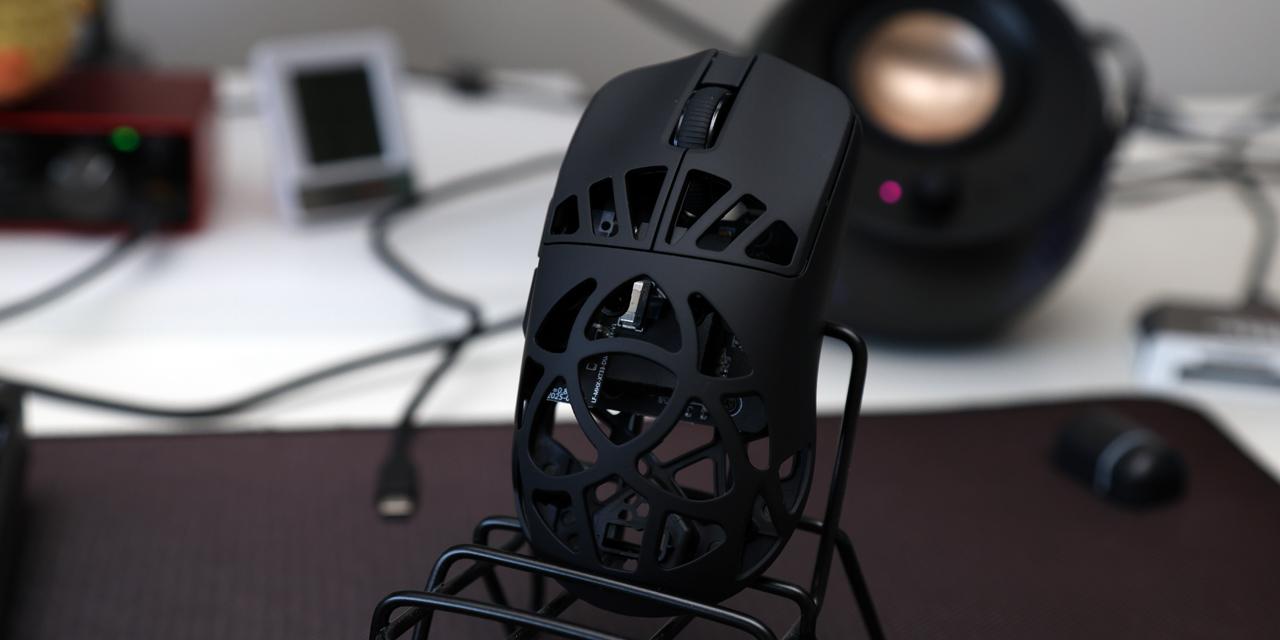|
From X-bit Labs: Perhaps, Advanced Micro Devices does not have products that could directly compete against Intel Corp.'s Core i-series "Sandy Bridge" processors. However, with the latest delays of Sandy Bridge platform shipments, AMD has a lot of chances to boost its market share as it has a number of interesting marketing programs, whereas the "halo" effect of Sandy Bridge is declining. Intel formally unveiled its Sandy Bridge processors in early January and its partners initiated shipments of systems based on the new generation of Core i-series microprocessors immediately. Unfortunately for the chip giant, a flaw was discovered in the only chipset for Core i "Sandy Bridge" central processing units and the shipments of all PCs featuring the chip were halted. Although eventually Intel allowed certain partners to continue selling systems based on the latest processors provided that they overcame the chipset-related issue, channel partners and retailers were essentially left without Intel Core i "Sandy Bridge" central processing units (CPUs), supporting mainboards and other components. Those partners naturally needed to feel the gaps in their offerings and this is where AMD could come into play. "We have some customers and retailers who have come to us specifically as a result of Intel's chip problem. Some retailers have had to take things off their shelves, so they call us to ask what they could get from our OEMs that's similar," said a high-ranking AMD executive in an interview with Dow Jones Newswires. Many of Intel's customers are disappointed with the Sandy Bridge setbacks and many start to consider alternative solutions: AMD Phenom II microprocessors with AMD Radeon HD discrete graphics. At some price-points such combinations yield better performance in real-world applications, offer more graphics features (e.g., DirectX 11) and thus provide better user experience. For example, six-core Phenom II X6 1055T (2.80GHz, 125W, 9MB cache) costs $175, whereas its direct competitor is quad-core Core i5-2300 (2.80GHz, 6MB cache, no HT, integrated graphics) is priced at $177. In heavily multi-threaded apps the former will beat the latter substantially. The combination ($245) of six-core Phenom II X6 1055T ($175) coupled with ATI Radeon HD 5670 (~$70) provides substantially better performance in video games and multi-threaded applications than quad-core Core i5-2500 (3.30GHz, 6MB, no HT, integrated graphics) for $205. Naturally, discrete graphics - besides exceptional performance and compatibility with video games - provides a lot of sideline benefits, including support for GPGPU applications through support of OpenCL or DirectCompute. View: Article @ Source Site |
 |
Issues with Intel Sandy Bridge Platform Can Help AMD to Boost Market Share
© Since 2005 APH Networks Inc. All trademarks mentioned are the property of their respective owners.





